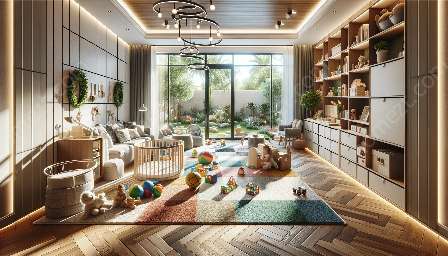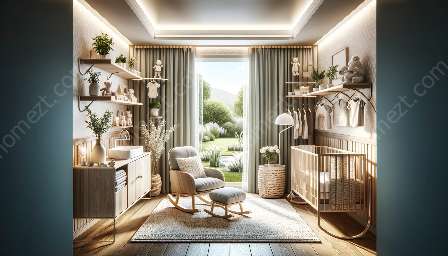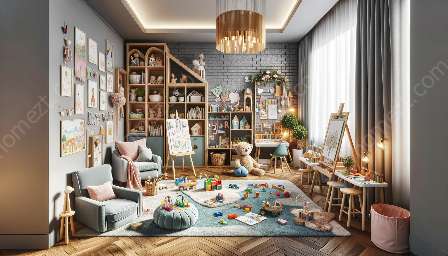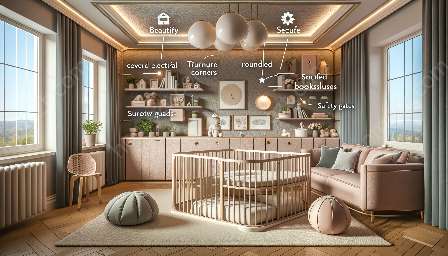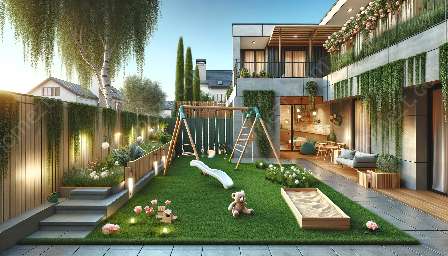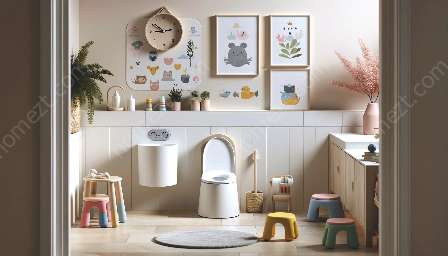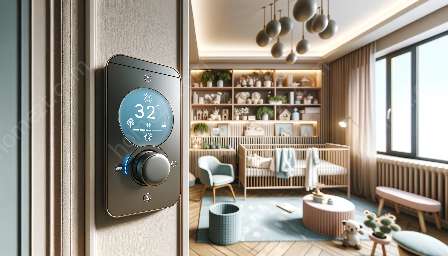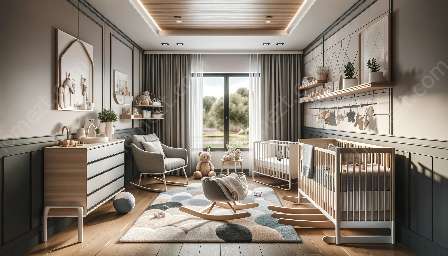Creating a safe and comfortable environment for children in the nursery and playroom is essential for their well-being. One important aspect of this is temperature control, which plays a significant role in ensuring a conducive space for play, learning, and rest.
Importance of Nursery Temperature Control
Temperature control in the nursery and playroom is crucial for several reasons. Infants and young children are more sensitive to temperature changes, and an inappropriate environment can lead to discomfort, disrupted sleep, and even health issues. Additionally, maintaining the right temperature helps in creating an ideal setting for play, learning, and relaxation.
Factors to Consider
When it comes to temperature control in the nursery and playroom, several factors should be taken into account:
- Room Size and Layout
- Insulation and Ventilation
- Climate and Seasonal Changes
- Comfortable Sleep Environment
Recommended Temperature Range
The optimal temperature for a nursery and playroom is generally between 68°F and 72°F (20°C to 22°C). However, individual preferences and the child’s comfort level should also be considered. It's essential to monitor the temperature regularly and make adjustments as needed.
Tips for Effective Temperature Control
Here are some helpful tips for ensuring effective temperature control in the nursery and playroom:
- Use a reliable thermometer to monitor the room temperature.
- Implement proper insulation and consider installing window coverings to regulate heat and light.
- Utilize a programmable thermostat to maintain a consistent temperature throughout the day and night.
- Keep the nursery well-ventilated to prevent stuffiness and promote air circulation.
- Choose appropriate window treatments, such as blackout curtains, to regulate sunlight and heat.
- Select furniture and decor that are conducive to air circulation and heat distribution.
- Opt for natural materials, like wood and cotton, which can help in maintaining a comfortable temperature.
- Proper maintenance of heating and cooling systems to ensure efficient temperature regulation.
- Strategic landscaping to provide shade and reduce direct exposure to sunlight, especially in outdoor play areas.
- Utilizing outdoor shelters and awnings to offer protection from extreme weather conditions.
Nursery and Playroom Design for Temperature Control
Integrating temperature control into the design of the nursery and playroom is essential for creating an inviting and safe environment. Consider the following design elements:
Temperature Control in Home and Garden Settings
Extending the focus on temperature control beyond the nursery and playroom is important for creating a harmonious living environment within your home and garden. Implementing the following practices can contribute to overall comfort:
Conclusion
By prioritizing temperature control in the nursery and playroom, as well as in the broader home and garden context, you can create a nurturing and comfortable space for children to thrive. Implementing smart design choices and adopting effective temperature management strategies will help ensure that children can play, learn, and rest in an environment that promotes their well-being and development.




